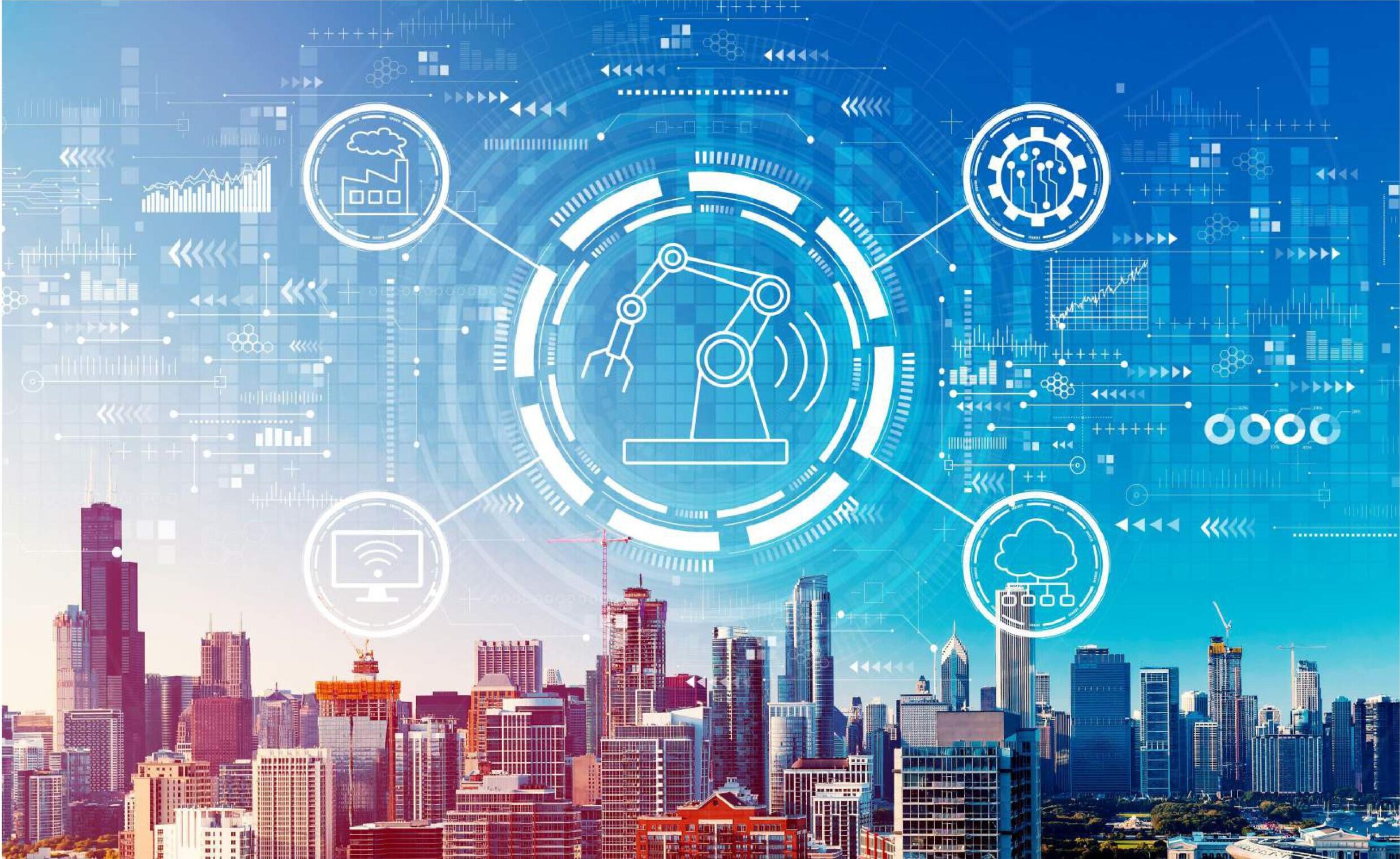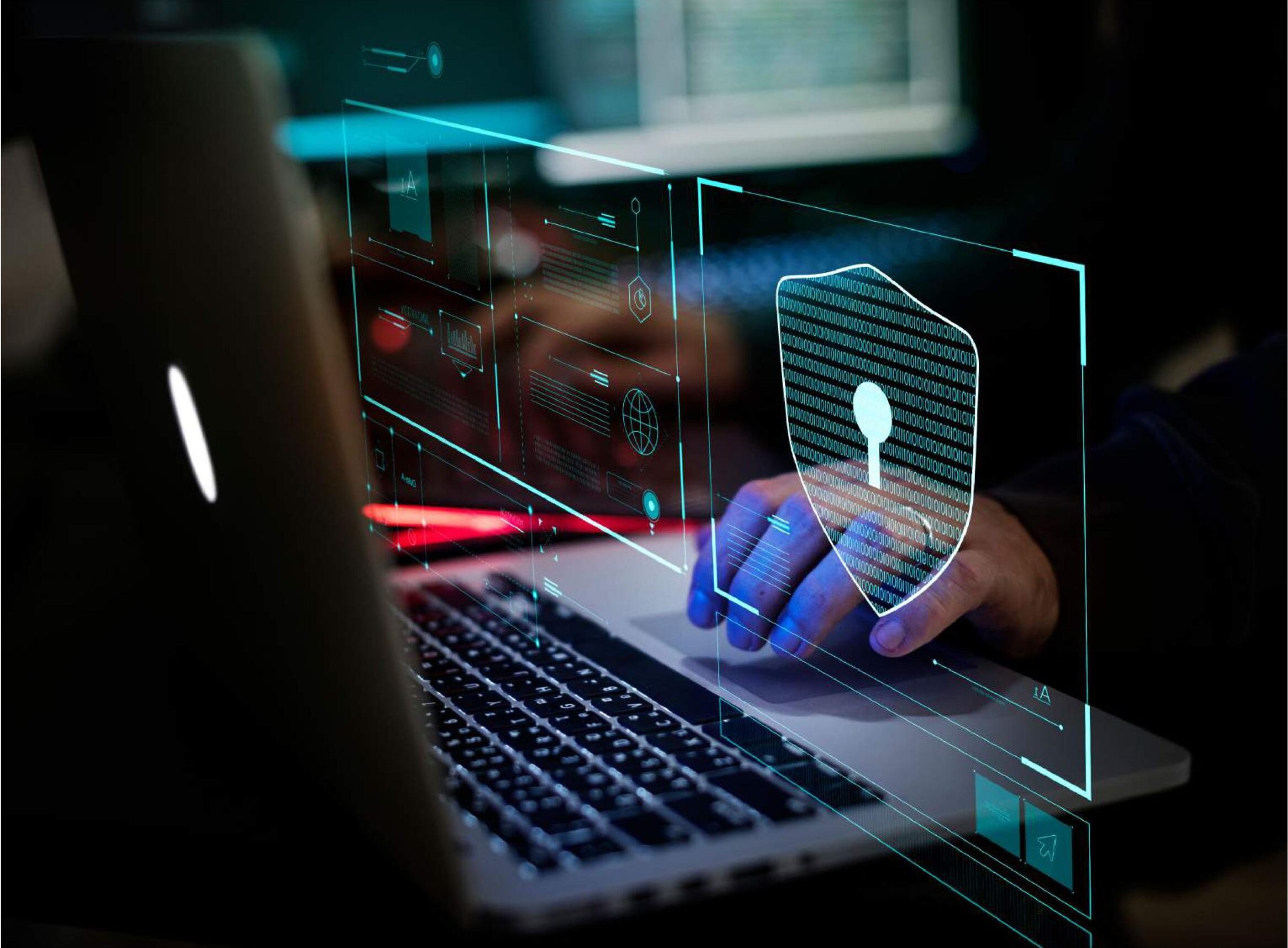Industry 4.0
Internet of Things (IoT)
The Internet of Things (IoT) is a key component of smart factories. Machines on the factory floor are equipped with sensors that feature an IP address that allows the machines to connect with other web-enabled devices. This mechanization and connectivity make it possible for large amounts of valuable data to be collected, analyzed and exchanged.
An IoT ecosystem consists of web-enabled smart devices that use embedded systems — such as processors, sensors and communication hardware — to collect, send and act on data they acquire from their environments.
IoT devices share the SENSOR DATA they collect by connecting to an IOT GATEWAY, which acts as a central hub where IoT devices can send data. Before the data is shared, it can also be sent to an EDGE DEVICE where that data is analyzed locally. Analyzing data locally reduces the volume of data sent to the cloud, which minimizes bandwidth consumption.
Cloud Computing
Cloud computing is a cornerstone of any Industry 4.0 strategy. Full realization of smart manufacturing demands connectivity and integration of engineering, supply chain, production, sales and distribution, and service. Cloud helps make that possible. In addition, the typically large amount of data being stored and analyzed can be processed more efficiently and cost-effectively with cloud. Cloud computing can also reduce startup costs for small- and medium-sized manufacturers who can right-size their needs and scale as their business grows.
try 4.0 strategy. Full realization of smart manufacturing demands connectivity and integration of engineering, supply chain, production, sales and distribution, and service. Clotry 4.0 strategy. Full realization of smart manufacturing demands connectivity and integration of engineering, supply chain, production, sales and distribution, and service.
AI and Machine Learning
One of the most significant benefits of artificial intelligence (AI) in manufacturing is its ability to analyze vast amounts of data in real-time. With Industrial Internet of Things (IIoT) devices and sensors collecting data from machines, equipment and production lines, AI algorithms can quickly process and analyze data to identify patterns and trends, helping manufacturers understand how production processes are performing.
Companies can also use AI to identify anomalies and equipment defects. Machine learning algorithms, for instance, can be trained to identify patterns in the data and manage decision-making based on those patterns, allowing manufacturers to catch quality issues early in the production process.
Furthermore, AI can help manufacturers implement predictive maintenance systems.
Edge Computing
The demands of real-time production operations mean that some data analysis must be done at the “edge”—that is, where the data is created. This minimizes latency time from when data is produced to when a response is required. For instance, the detection of a safety or quality issue may require near-real-time action with the equipment. The time needed to send data to the enterprise cloud and then back to the factory floor may be too lengthy and depends on the reliability of the network. Using edge computing also means that data stays near its source, reducing security risks.
Edge computing allows devices in remote locations to process data at the “edge” of the network, either by the device or a local server. And when data needs to be processed in the central datacenter, only the most important data is transmitted, thereby minimizing latency.
Cyber Security
Manufacturing companies have not always considered the importance of cybersecurity or cyber-physical systems. However, the same connectivity of operational equipment in the factory or field (OT) that enables more efficient manufacturing processes also exposes new entry paths for malicious attacks and malware. When undergoing a digital transformation to Industry 4.0, it is essential to consider a cybersecurity approach that encompasses IT and OT equipment.
The information technology (IT) trends of the past few years—the rise in cloud computing adoption, network complexity, remote work and work from home, bring your own device (BYOD) programs, and connected devices and sensors in everything from doorbells to cars to assembly lines—have resulted in tremendous business advantages and human progress, but have also created exponentially more ways for cybercriminals to attack.




